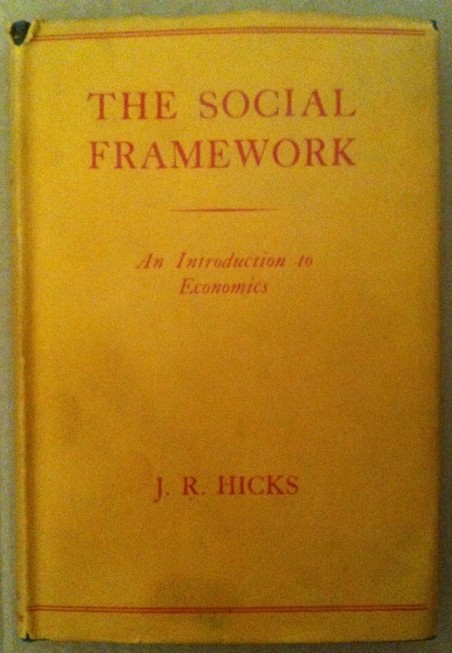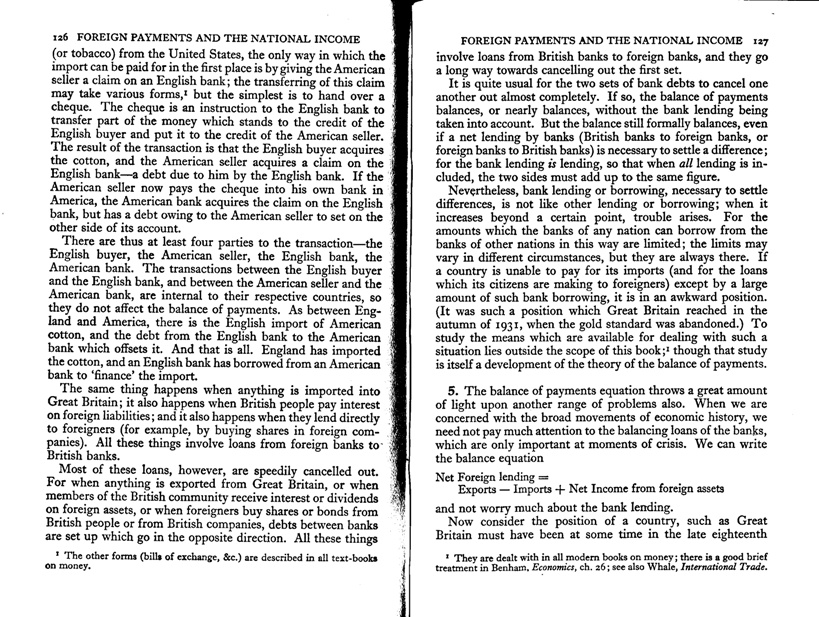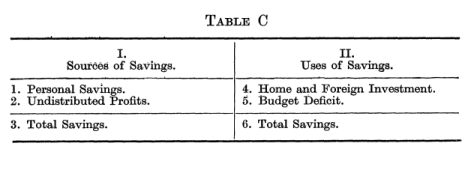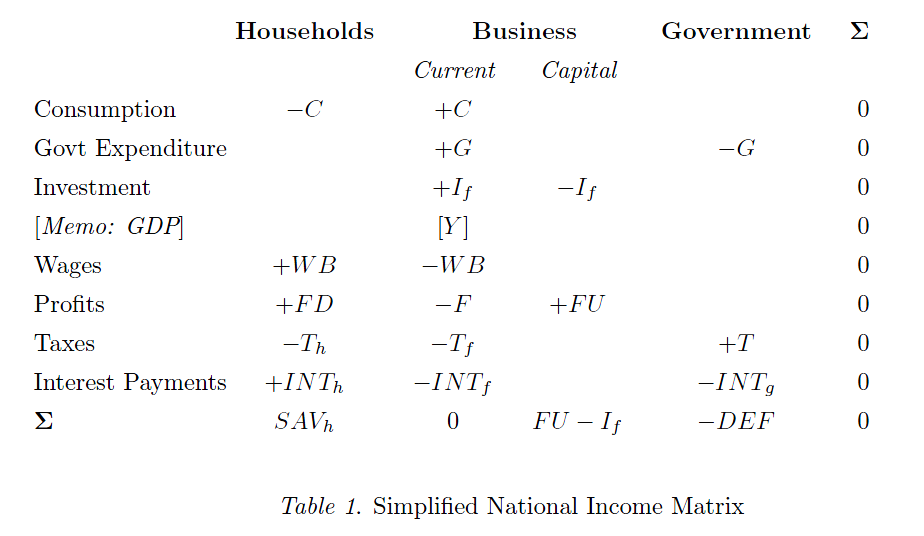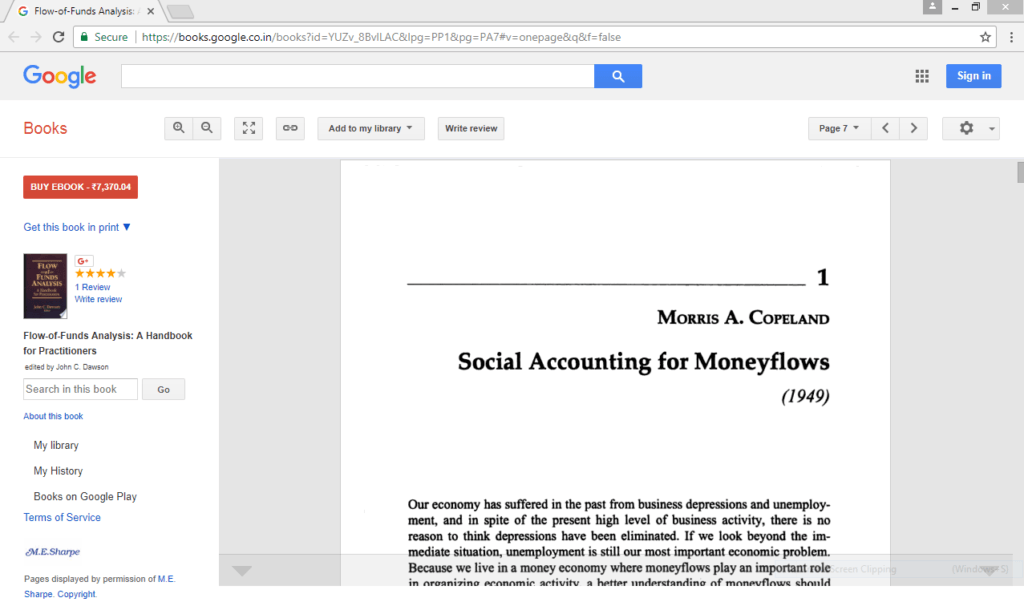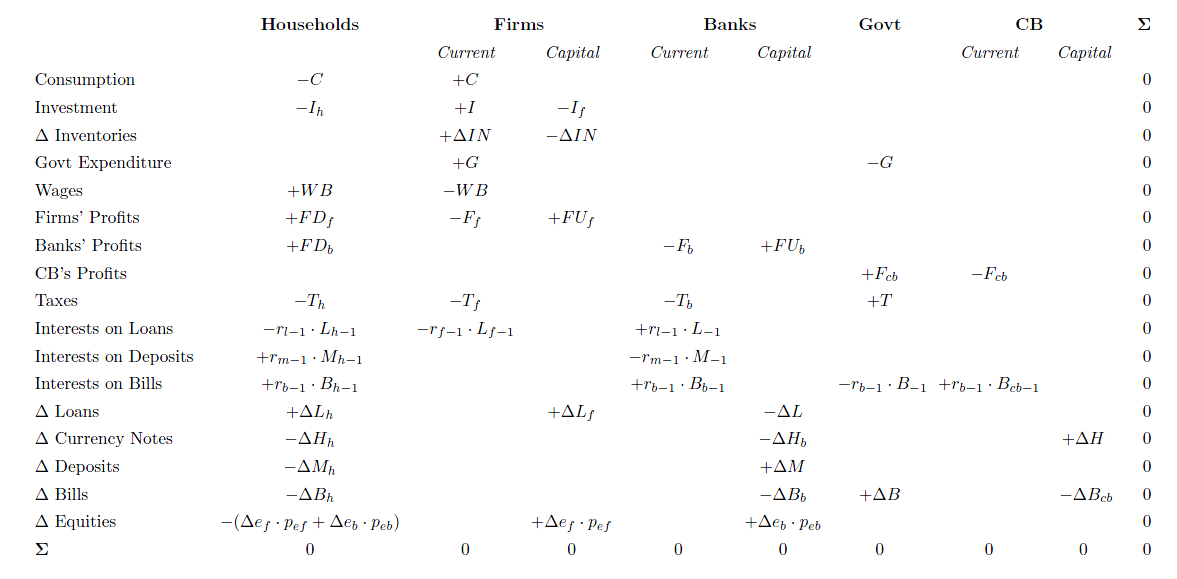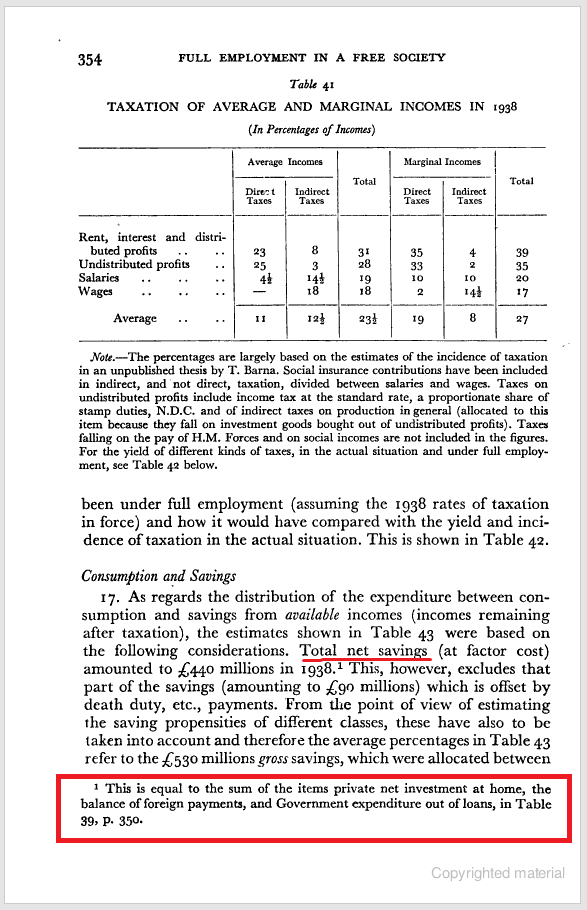Merry Christmas to all!
I have been collecting some quotable quotes from various sources and my bookmarks. Here are some of them:
The purpose of studying economics is not to acquire a set of ready-made answers to economic questions, but to learn how to avoid being deceived by economists.
– Joan Robinson, 1955, “Marx, Marshall And Keynes”, Occasional Paper No. 9, The Delhi School of Economics, University Of Delhi, Delhi.
The difficulty lies, not in the new ideas, but in escaping from the old ones, which ramify, for those brought up as most of us have been, into every corner of our minds.
– JMK, GT.
Economics limps along with one foot in untested hypotheses and the other in untestable slogans.
– Joan Robinson, 1962, “Metaphysics, Morals And Science”, Economic Philosophy, Chicago: Aldine
In economics, arguments are largely devoted, as in theology, to supporting doctrines rather than testing hypotheses.
– Joan Robinson, 1977, “What Are The Questions?”, Journal of Economic Literature, Vol. 15, No. 4
One of the main effects … of orthodox traditional economics was … a plan for explaining to the privileged class that their position was morally right and was right for the welfare of society.
– Joan Robinson, 1937, “An Economist’s Sermon”, Essays In The Theory Of Employment, The Macmillan Company
In the natural sciences, controversies are settled in a few months, or at a time of crisis, in a year or two, but in the social so-called sciences, absurd misunderstandings can continue for sixty or a hundred years without being cleared up.
– Joan Robinson, 1981 (1979), What Are The Questions And Other Essays – Further Contributions To Modern Economics, M.E. Sharpe
… I am convinced that this concept of general equilibrium in a monetary economy constitutes the primal scene [endnote: ‘The primal scene’ is a technical term in psychoanalysis; it is the imaginary perception, postulated by Freud, by the infant of its own parents at intercourse.] – the primitive imaginary vision of the world – out of which the whole of mainstream macroeconomics now flows. At one extreme are ‘monetarists’ of various hue who believe that the classical version of this simple model does, or should, or can somehow be made to describe the real world. Almost all other modern macroeconomists, while forming a huge spectrum, have as their essential activity the study of what happens if parts of the machine do not function properly, e.g. are subject to rigidities or time lags. For instance, much work has been concerned with the effects on the solution of this model if the various prices do not clear markets or clear them imperfectly. If wages are not flexible the labour market may not clear; this is what most students now understand as Keynesian economics. If the price of goods is not flexible, the market for goods may not clear, perhaps generating ‘classical’ unemployment.
Now Sylos Labini (like Kaldor and Pasinetti in different ways) makes a devastating case against the empirical relevance or even the meaningfulness of the aggregate production function. What I want to emphasise here is the system role which the production function fulfills and therefore just why the Sylos Labini critique is so important. What the production function does for all equilibrium systems – whether markets clear or not – is to bring labour into instantaneous equivalence with real product in such a way that alternative quantities of each can potentially be traded against one another. The production function is necessary for this equivalence so that labour can instantaneously be translated into the profit-maximising quantity of product which firms are therefore motivated to supply. Without the production function no neoclassical model will start up; the blood supply to its head is cut off …
… I have reached a point when I am prepared to make a declaration. I want to say of neoclassical macroeconomics what I have said sometimes of certain kind of fiction; I know that the world is not like that and I have no need to imagine that it is. In particular, I do not believe that there exists a market in which goods in aggregate and labour in aggregate can be exchanged provided only that the price of each is right in relation to some given stock of ‘money’.
But my objection goes beyond skepticism that the world we live in is being described realistically. My additional concern is that the NCP [neoclassical paradigm] is prejudicial with regard to the understanding of some of the most important processes going on in the world today. Thus in the ‘classical’ version of the NCP real output is determined by supply side alone; fiscal policy is entirely impotent and the government can only affect anything by changing the money supply; even then all it can do is affect the price level. The idea that fiscal policy is impotent, which seems to be based entirely on this model, has been extremely influential in contemporary political discussion; it is not just a provisional result suitable for a week or two in an elementary class.
Then the abolition of time prejudices the perception of inflation as an evolutionary process; the equilibria generate ‘explanations’ of price levels not changes, and theories of inflation cannot be convincingly coaxed forth. As if this were not enough, the whole construction leads by virtue of its axioms to the conclusion that wage and price flexibility, in combination with free trade, will generate full employment and convergence, if not equalisation, of living standards between countries and between regions within countries. In sum, while the absence of processes occuring in historical time means that the NCP does not encourage students to go and look up figures in books, if and when they are forced to do so their vision is likely to have been for ever distorted.
– Wynne Godley, 1993, Time, Increasing Returns And Institutions In Macroeconomics, in S. Biasco, A. Roncaglia and M. Salvati (eds.), Market and Institutions in Economic Development: Essays in Honour of Paolo Sylos Labini, (New York: St. Martins Press), pp. 59-82
Traditional theory, both classical and neoclassical, asserts that free trade in goods between different regions is always to the advantage of each trading country, and is therefore the best arrangement from the point of view of the welfare of the trading world as a whole, as well as of each part of the world taken separately. [footnote: The latter part of this proposition abstracts from the possibility that a particular country possesses some degree of monopoly power and thereby can turn the terms of trade in its favour by means of a tariff even after retaliation by other countries is taken into account.] However, these propositions are only true under specific abstract assumptions which do not correspond to reality. Under more realistic assumptions unrestricted trade is likely to lead to a loss of welfare to particular regions or countries and even to the world as a whole – that is to say that the world will be worse off under free trade than it could be under some system of regulated trade …
… Owing to increasing returns in processing activities (in manufactures) success breeds further success and failure begets more failure. Another Swedish economist, Gunnar Myrdal, called this ‘the principle of circular and cumulative causation’.
– Nicholas Kaldor, 1981, “The Role Of Increasing Returns, Technical Progress And Cumulative Causation In The Theory Of International Trade And Economic Growth”, Further Essays On Economic Theory And Policy, Holmes & Meier

